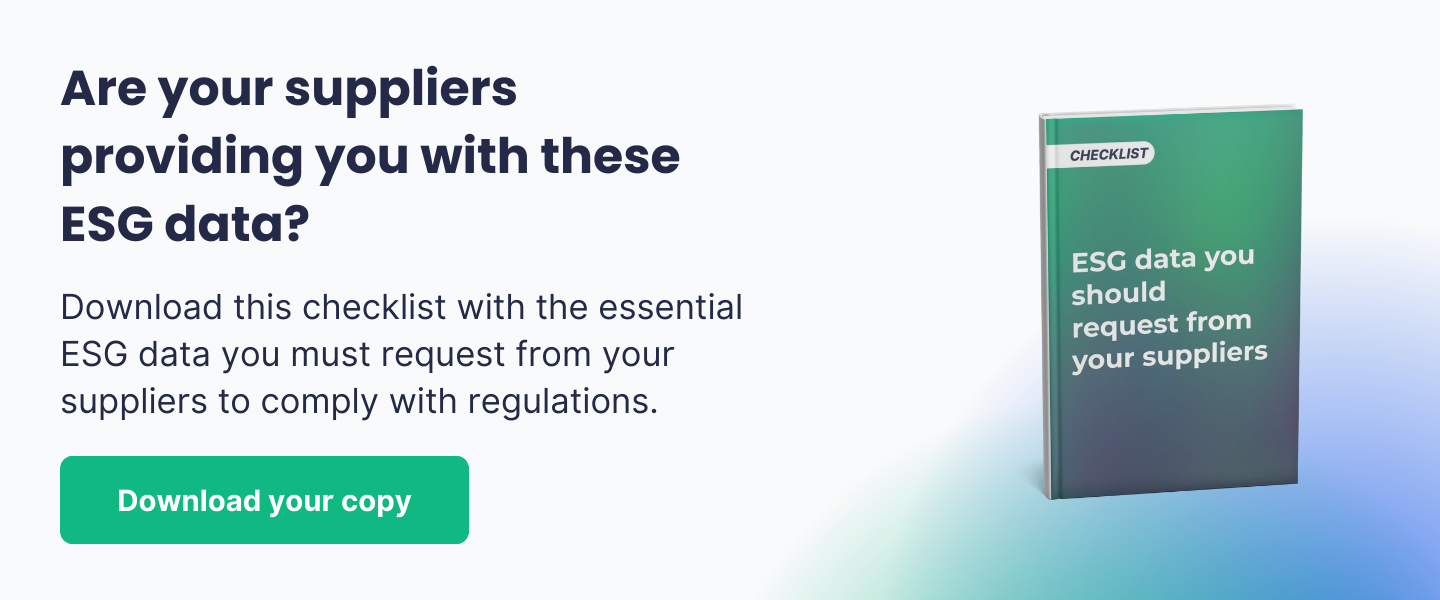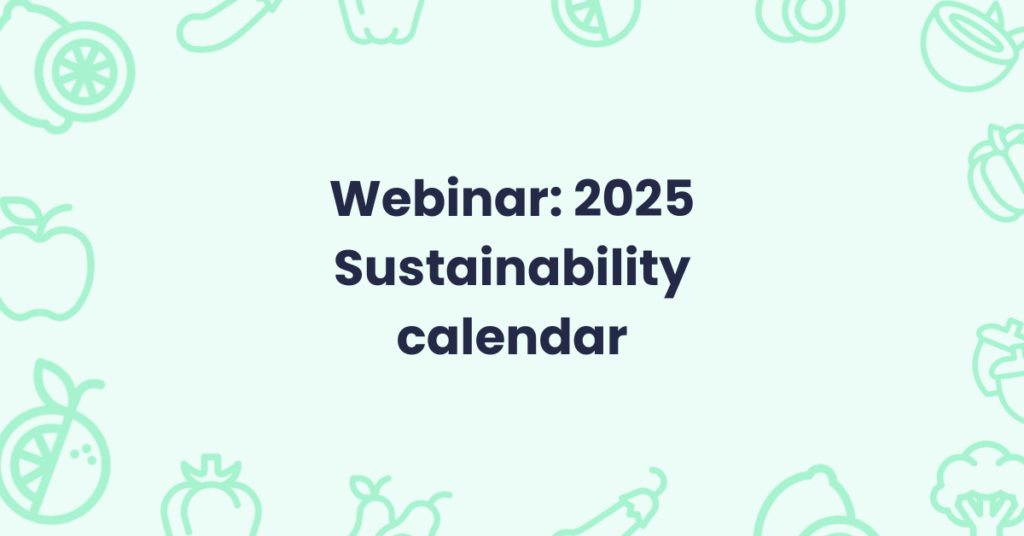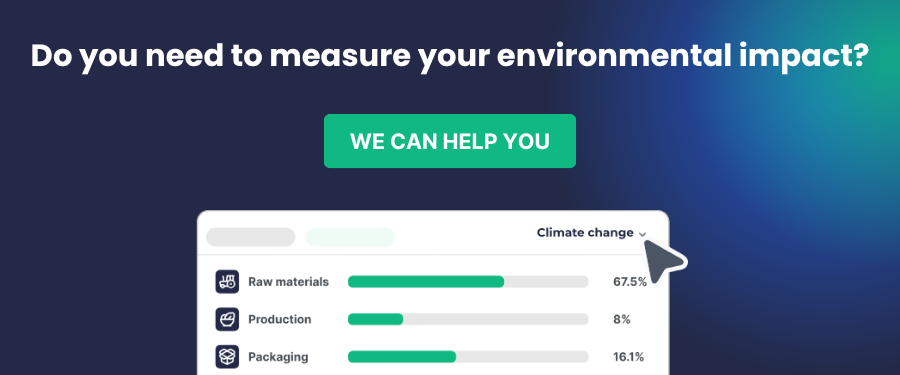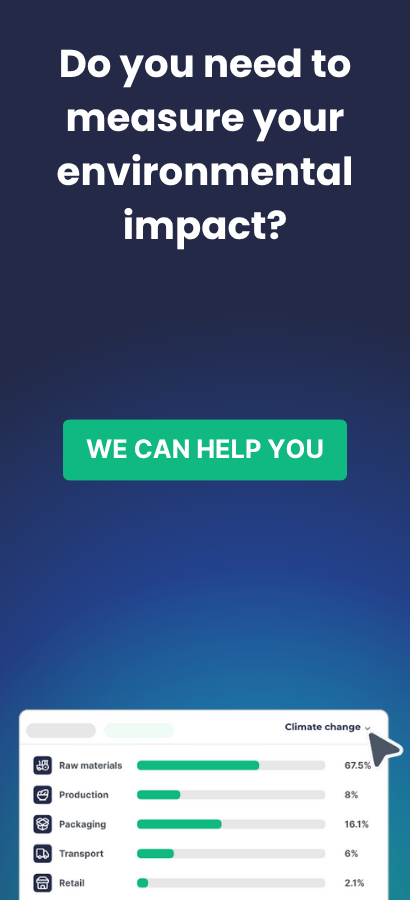Sustainability in the food industry is at the heart of European and global regulations. With the implementation of directives such as the CSRD (Corporate Sustainability Reporting Directive) and the Deforestation-Free Products Regulation, companies must anticipate these changes to ensure compliance and maintain competitiveness. In this article, we provide a practical guide to the new regulatory obligations and key dates for 2025.
This content is based on a webinar led by Verónica (sustainability expert at Trazable) and Pablo (moderator and specialist in regulatory compliance strategies), where the main regulatory changes for the food industry in 2025 were discussed.
Watch the full webinar here.
If you have questions about how to apply these changes in your company, book a demo with our team.
1. Key dates for the food industry in 2025
To ensure proper strategic planning, here are the most relevant regulatory dates and events:
First half of the year
- January: Implementation of the CSRD for large companies (more than 500 employees).
- March: Publication of new reporting guidelines by the European Commission.
- May: Update of emission factors by the Ministry of the Environment.
- July: Deadline to submit the non-financial information report to the commercial registry.
Second half of the year
- September: Climate Week in New York, a key event for ESG trends.
- November: COP30 Climate Summit, where regulatory changes may be announced.
- December: End of the transition period for the Deforestation Regulation and the Carbon Border Adjustment Mechanism.
2. Key Regulatory Framework for 2025: CSRD, Green Claims, and More
The sustainability regulatory framework is constantly evolving. The webinar covered the main directives and regulations that will impact the food industry in 2025:
2.1 Corporate Sustainability Reporting Directive (CSRD)
- Applies to: Companies with more than 500 employees since 2024; in 2025, it will extend to those with more than 250 employees and over €50M in revenue.
- Obligations: Detailed reporting on environmental, social, and governance (ESG) impact under European standards (ESRS).
- Impact: While SMEs are not yet required to comply, many will need to report environmental data to larger clients to meet CSRD requirements.
2.2 Deforestation-Free Products Regulation
- Applies to: Products such as cocoa, coffee, palm oil, soy, and cattle.
- Obligations: Implementation of traceability and due diligence systems to ensure products do not come from deforested areas.
- Key Date: Enforcement postponed to late 2025.
2.3 Green Claims Directive (Anti-Greenwashing)
- Objective: Regulate the use of terms like “sustainable,” “eco-friendly,” or “carbon neutral” in products and services.
- Obligations: Claims must be backed by verifiable data.
- Key Date: Expected enforcement in 2026, but companies are advised to adapt their communications now to avoid penalties.

3. Carbon footprint measurement: key aspects of Scope 3
One of the major challenges in sustainability is measuring Scope 3 carbon emissions, which include the supply chain and product use.
3.1 How to calculate Scope 3 step by step
- Identify emission sources: Raw materials, transportation, distribution, product use, waste.
- Select methodologies: Use of the GHG Protocol, ISO 14064, and emission factors from official sources such as DEFRA, IPCC, and ecoinvent.
- Data collection: Use of digital platforms to automate data gathering.
- Emission calculation: Application of specific conversion factors by sector and geography.
- Reporting and validation: Third-party verification and alignment with CSRD.
3.2 Benefits of measuring Scope 3
- Cost reduction: Identification of inefficiencies in the supply chain.
- Competitiveness improvement: Access to markets requiring compliance with climate regulations.
- Risk prevention: Anticipation of future regulations and reduced exposure to penalties.
4. How to prepare: Strategies for regulatory adaptation
To ensure compliance and maintain a competitive advantage, it is recommended to:
- Conduct a gap analysis to identify applicable regulations.
- Automate sustainability management with specialized software.
- Implement training programs on CSRD, carbon footprint measurement, and circular economy.
- Integrate ESG criteria into supplier and product selection.
Conclusion
Sustainability is a strategic pillar in the food industry. While many regulations are still evolving, market and customer demands are already in place. Measuring Scope 3 emissions and adapting to regulations like the CSRD are key to competitiveness and access to sustainable financing.
Need help adapting to regulations? Book a demo and speak with our team.



